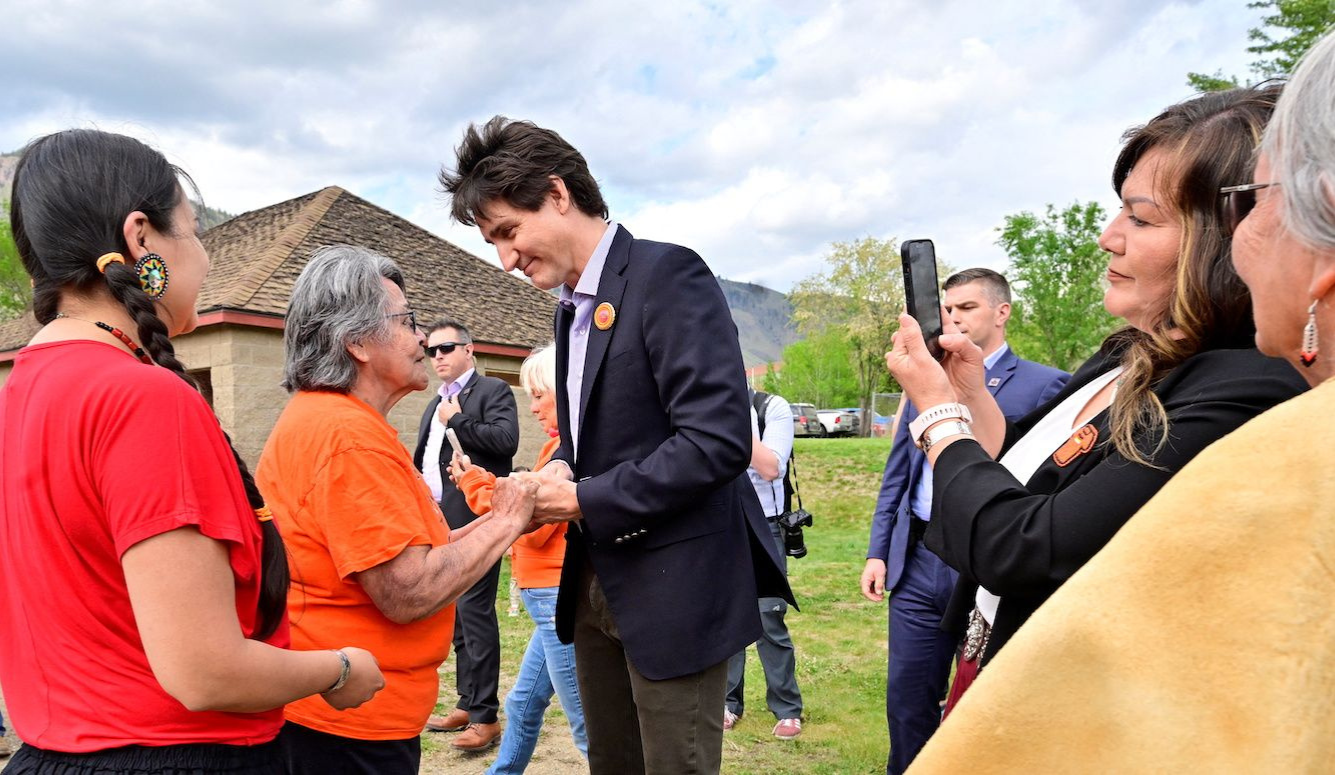Quillette Cetera
In Canada, Asking for Evidence Now Counts as ‘Denialism’
Sensational 2021 claims that unmarked Indigenous child graves had been discovered in British Columbia now seem doubtful. But saying so may soon be a criminal offence

It’s now been more than two years since Canada was convulsed by claims that 215 unmarked graves of Indigenous schoolchildren had been discovered on the grounds of a former residential school in Kamloops, British Columbia. No actual bodies or human remains were in evidence—just ground-penetrating radar data indicating regularly-spaced soil dislocations. But you wouldn’t have known that from the breathless manner in which the story was reported at the time. A Global News headline announced the “Discovery of Human Remains at Kamloops Residential School Grounds.” Another, at the Toronto Star, declared, “The Remains of 215 Children Have Been Found.”
I was one of the many Canadians who believed these headlines. The racist abuses meted out by Canada’s 19th- and 20th-century-era residential-school system, which had been created to “civilize” Indigenous people and strip them of their culture, has been widely discussed for decades. Given this dark history, it wasn’t hard to believe that some of the priests and educators who ran these schools hadn’t just been cruel and negligent (this much was already known), but also had committed acts of mass murder against defenceless children.
Without waiting for the hard evidence to be sprung from the earth, flags were lowered, July 1st Canada Day celebrations were cancelled, Justin Trudeau took a knee for the cameras, and the whole nation went into an utterly unprecedented collective period of self-flagellation. Before the summer was over, Trudeau pledged more than $300 million in new funding for Indigenous communities, so they could complete the grim task of scouring the earth for child corpses. The Canadian Press later called it the story of the year.





